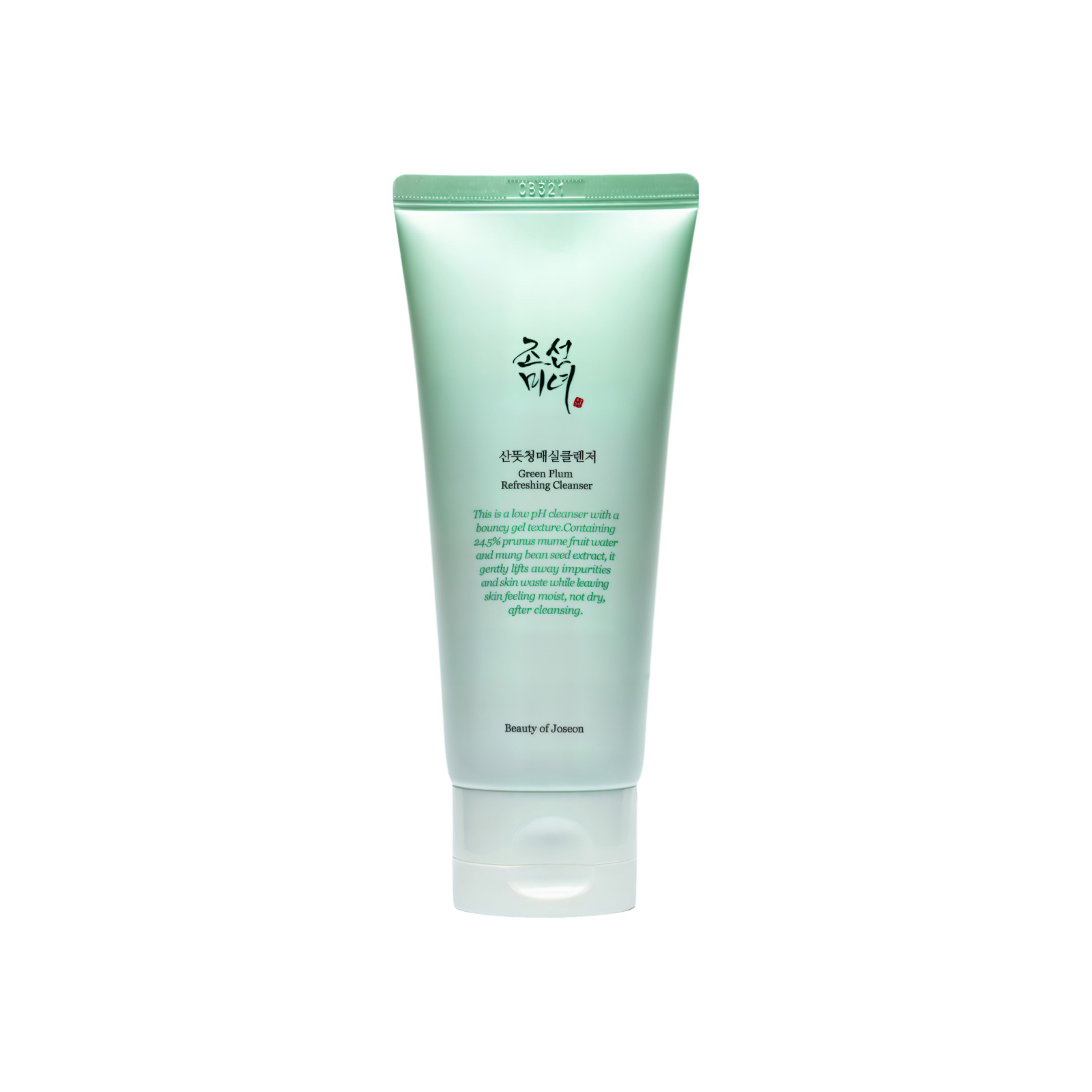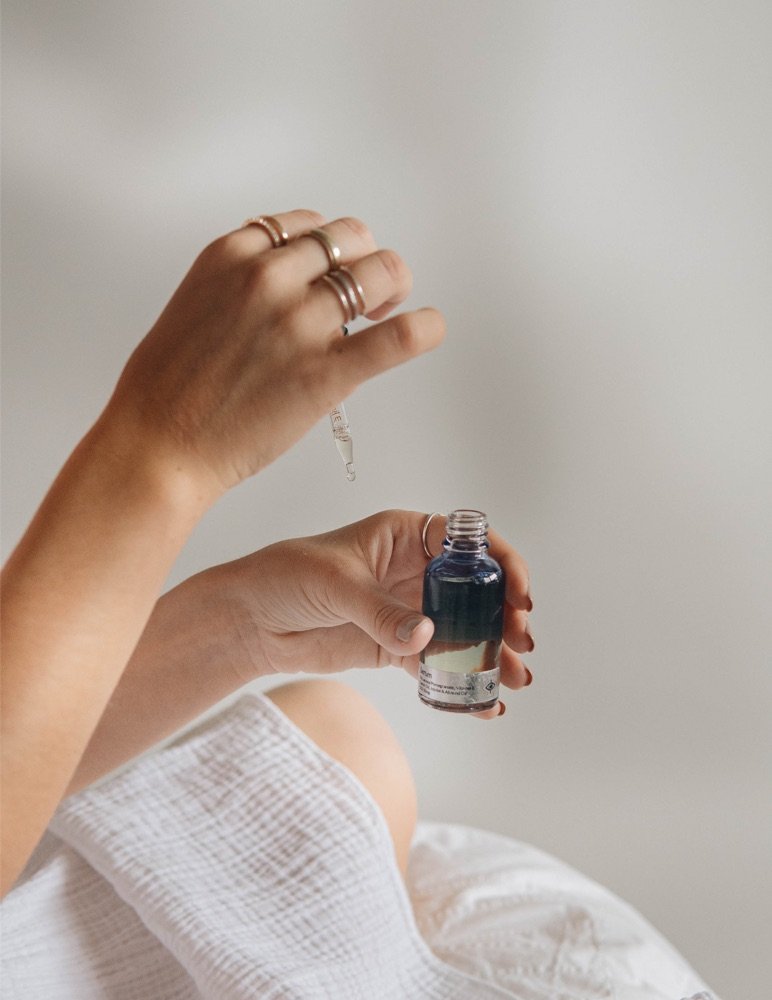When we look in the mirror, many of us wonder, “What does healthy skin look like?” With so many skincare products, trends, and influencers showcasing flawless complexions, it’s easy to feel like our own skin falls short.
But healthy skin isn’t about perfection or looking like a magazine model. It’s about your skin thriving, glowing with vitality, balanced, and resilient.
In this comprehensive guide, we’ll explore seven clear signs that your skin is healthy, what those signs mean, and how you can maintain or improve your skin’s wellbeing.
Whether you’re a skincare newbie or a seasoned beauty enthusiast, understanding what healthy skin looks and feels like is key to feeling confident in your own skin.
1. Even Skin Tone: The Foundation of Healthy Skin
One of the first signs to look for when asking “What does healthy skin look like?” is an even, consistent skin tone. Healthy skin is characterized by a smooth, uniform color across your face and body, regardless of your natural complexion — whether fair, dusky, or dark.
Even skin tone means your skin cells are renewing properly, and inflammation or pigmentation issues like redness, dark spots, or discoloration are minimal or absent. Minor natural shadows and color variations are normal, especially in complexions with deeper hues, but overall, the transition between tones should be seamless.
If you notice patches of discoloration or sudden changes in skin color, it might indicate underlying concerns like eczema, rosacea, or sun damage. In such cases, consulting a dermatologist is important.
How to Maintain Even Skin Tone:
- Use broad-spectrum sunscreen daily to protect against UV damage, which can cause uneven pigmentation.
- Incorporate antioxidants like vitamin C into your routine to help brighten and even skin tone.
- Avoid harsh scrubs or over-exfoliating, which can irritate and cause redness.
2. Well-Hydrated Skin: The Glow of Vitality
Another hallmark of healthy skin is proper hydration. You can often see hydrated skin by its natural, subtle sheen. When your skin holds enough moisture, it feels soft and supple to the touch and “bounces back” when gently pressed.
This bounce-back is a sign that your skin’s lipid barrier—the protective layer preventing water loss—is intact and functioning well. When this barrier is compromised, skin can feel dry, tight, or flaky, signaling dehydration or damage.
Hydration Tips:
- Drink plenty of water daily — typically around 2 to 3 liters depending on your body and lifestyle.
- Use moisturizers that support the lipid barrier, like creams with ceramides or hyaluronic acid.
- Avoid over-cleansing or harsh soaps that strip natural oils.
3. Smooth Texture: Healthy Skin is Uniform, Not Flawless
Healthy skin looks and feels smooth, but that doesn’t mean it’s perfectly poreless or glass-like. If you examine your skin closely, you’ll notice a natural texture — tiny pores, hair follicles, and minute irregularities.
These “regular irregularities” are a normal part of skin structure. Pores should be small and tight, and the skin surface should feel even without bumps or rough patches.
Smooth texture means your skin cells are renewing properly, dead cells are being shed regularly (thanks to gentle exfoliation), and inflammation or breakouts are under control.
How to Keep Skin Texture Smooth:
- Use gentle exfoliants like lactic acid or glycolic acid to promote cell turnover without irritation.
- Keep skin clean but avoid over-washing, which can lead to dryness and texture issues.
- Maintain a balanced skincare routine tailored to your skin type.
4. Reflects Light: A Natural Radiance
One of the most visible signs of healthy skin is how it interacts with light. Balanced skin, not too oily or dry, reflects light evenly, giving it a natural glow or “lit-from-within” shine.
This glow happens when pores are closed, skin is hydrated, and the surface is smooth, allowing light to bounce back directly rather than scattering. Dull or rough skin scatters light unevenly, making skin look tired or aged.
If you find your skin lacks radiance, it could be a sign of dehydration, build-up of dead cells, or environmental damage.
Boost Your Skin’s Radiance:
- Stay hydrated both internally and externally.
- Use moisturizers and serums rich in antioxidants to repair skin damage.
Consider supplements or foods rich in collagen-supporting nutrients.

5. Normal Sensations: No Unpleasant Feelings
Healthy skin doesn’t just look good — it feels comfortable. You shouldn’t experience unpleasant sensations like tightness, burning, itching, or stinging either with or without skincare products.
If your skin feels tight or uncomfortable after cleansing, it might mean your cleanser is too harsh or your skin is dehydrated. Itching or burning can be signs of irritation, allergies, or underlying skin conditions.
Listening to how your skin feels can help you avoid products that irritate and guide you toward a routine that supports skin health.
What to Do if Your Skin Feels Uncomfortable:
- Patch test new products before applying them fully.
- Choose fragrance-free, gentle formulations.
- Consult a dermatologist for persistent issues.
6. Consistent Texture: Healthy Skin Has Regular Patterns
Building on smoothness, healthy skin shows consistent texture across areas. This doesn’t mean it’s flawless or pore-free, but rather that the texture is uniform — no patches of roughness or flakiness disrupting the overall look.
Small pores and fine hair follicles are normal, and you can’t completely erase texture, but when your skin is healthy, these features don’t stand out negatively.
Uneven texture might be caused by dehydration, acne, sun damage, or aging, but it can be improved with proper care.
Tips to Achieve Consistent Texture:
- Use gentle exfoliation to remove dead skin buildup.
- Protect skin from sun damage with daily SPF.
- Use serums or creams with collagen-boosting ingredients.
7. Your Skin Responds Well to Care
Healthy skin shows a positive response to skincare products. It absorbs moisturizers well without feeling greasy or dry afterward. It tolerates ingredients like antioxidants, collagen boosters, and gentle acids without inflammation or breakouts.
If you’re trying new treatments, your skin should recover quickly from any minor irritation and not show prolonged redness or discomfort.
Nourishing Healthy Skin From the Inside Out
While external signs are important, healthy skin starts with internal care. What you eat, drink, and supplement impacts your skin’s condition.
- Hydration: Drinking enough water keeps skin plump and prevents dryness.
- Nutrition: Vitamins A, C, E, and minerals like zinc support collagen production and skin repair.
- Supplements: Collagen peptides, antioxidants, and anti-inflammatory nutrients can help improve elasticity and brightness and reduce signs of aging.

Final Thoughts: What Does Healthy Skin Look Like?
So, what does healthy skin look like? It’s a balanced combination of even tone, hydration, smooth texture, natural radiance, comfortable sensations, and consistent appearance. Healthy skin is not about perfection but about resilience, vitality, and feeling confident in your natural complexion.
By paying attention to these seven signs and caring for your skin with the right products, habits, and nutrition, you can enjoy skin that truly thrives every day.
Want to start improving your skin health? Begin with small, consistent steps like drinking more water, wearing sunscreen daily, and choosing gentle skincare products suited to your skin type. Remember, your skin is unique, and healthy skin is about feeling your best in your own skin.




